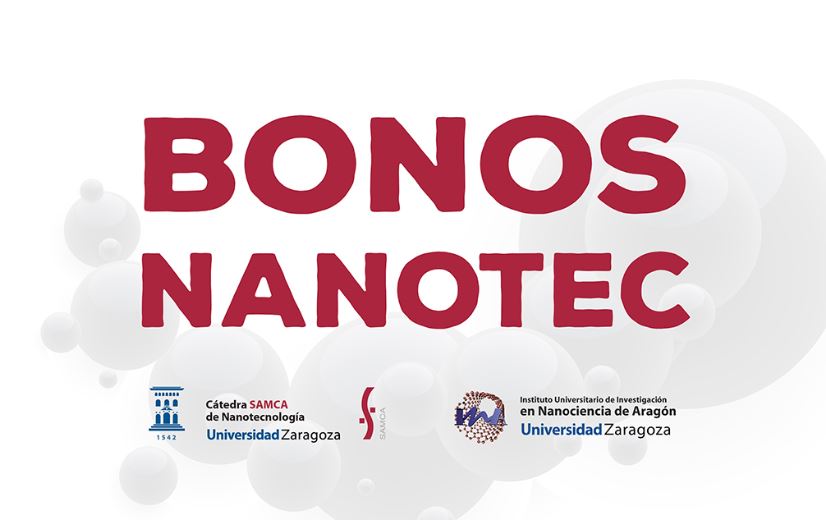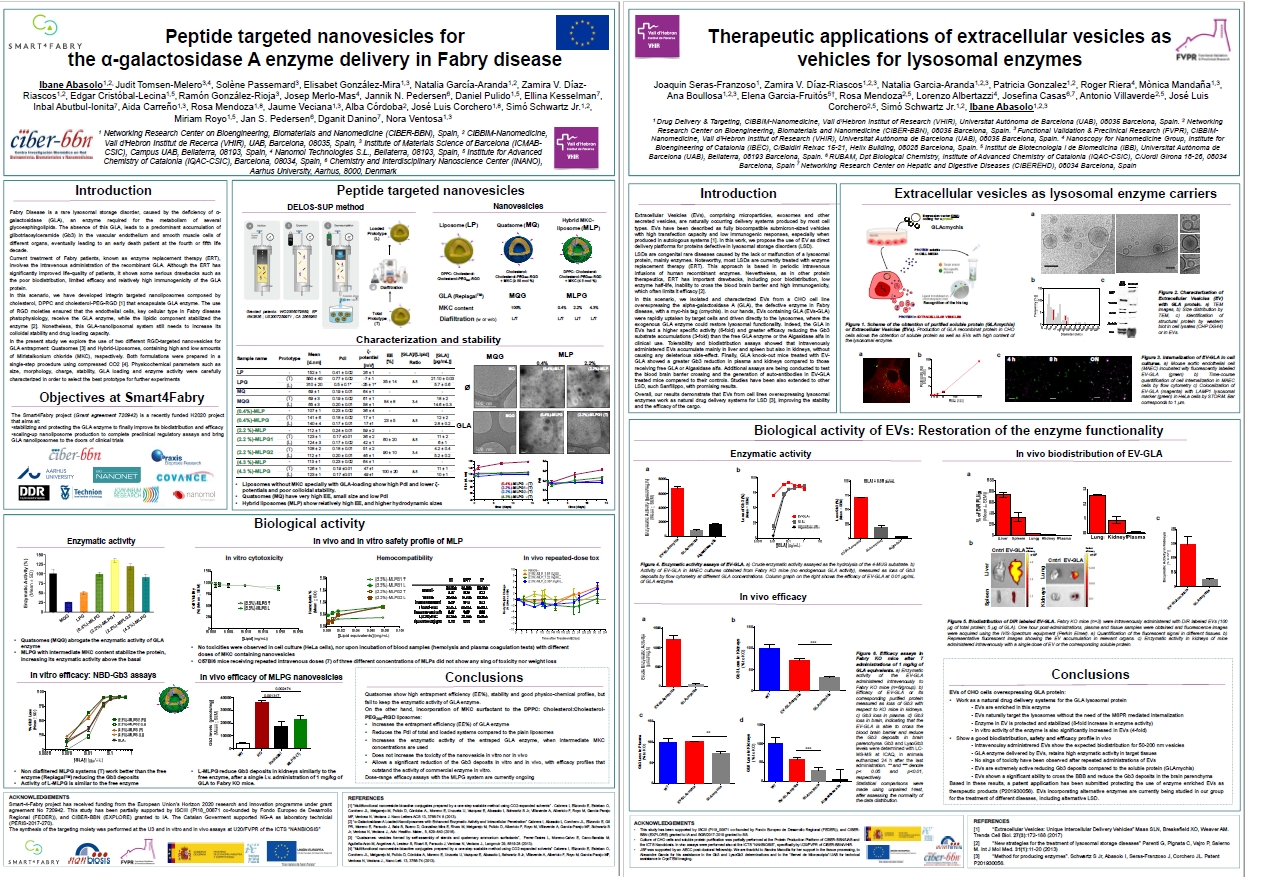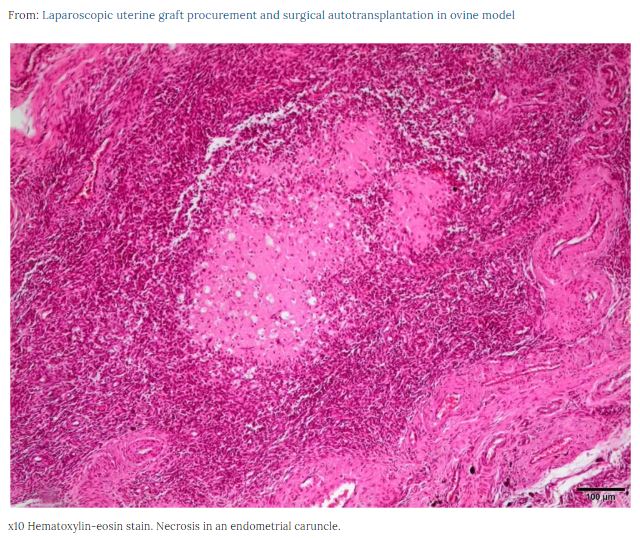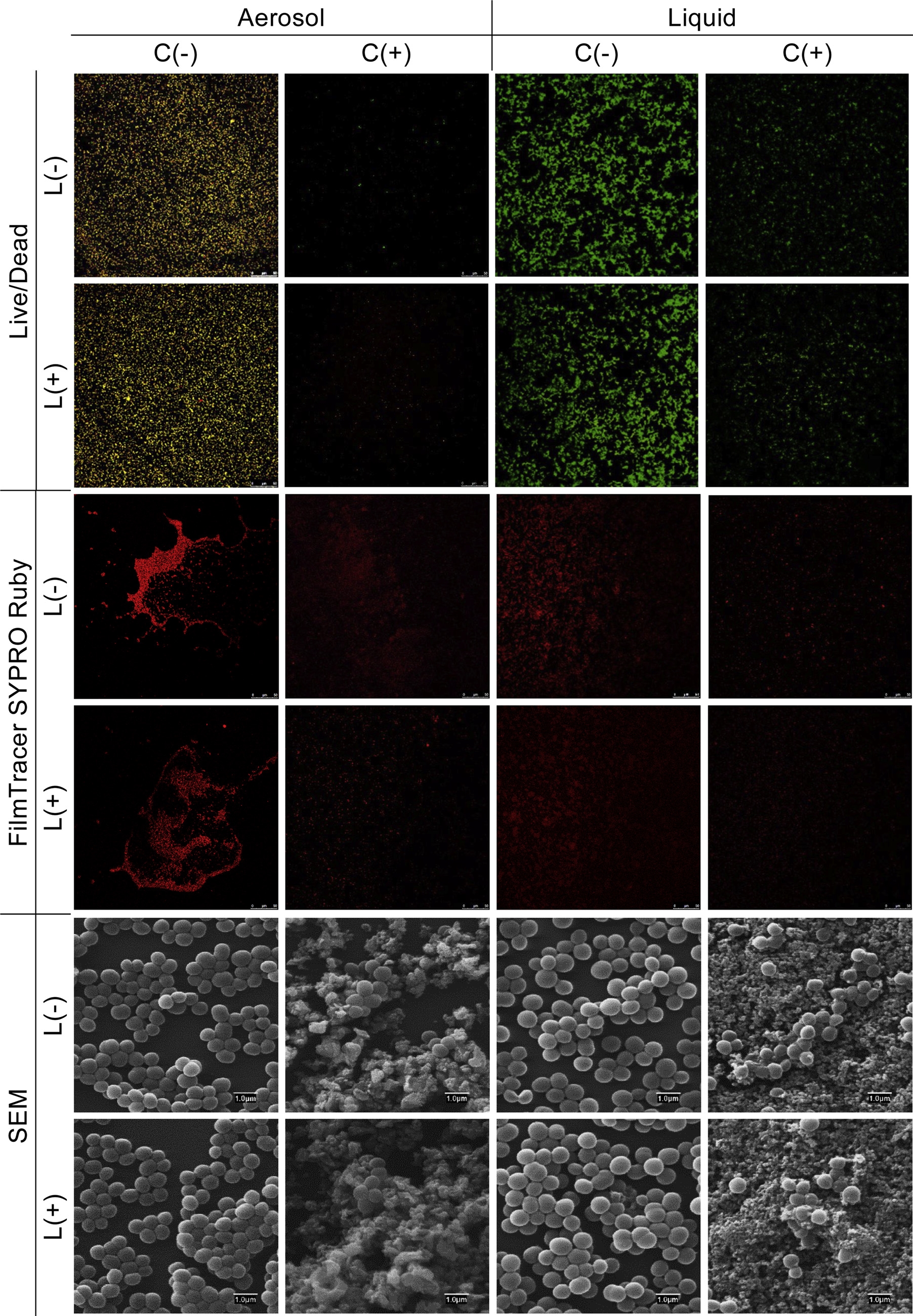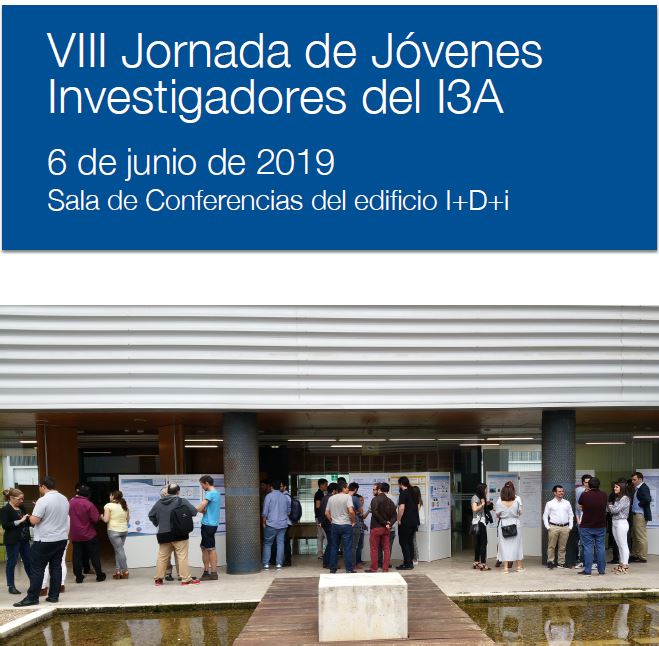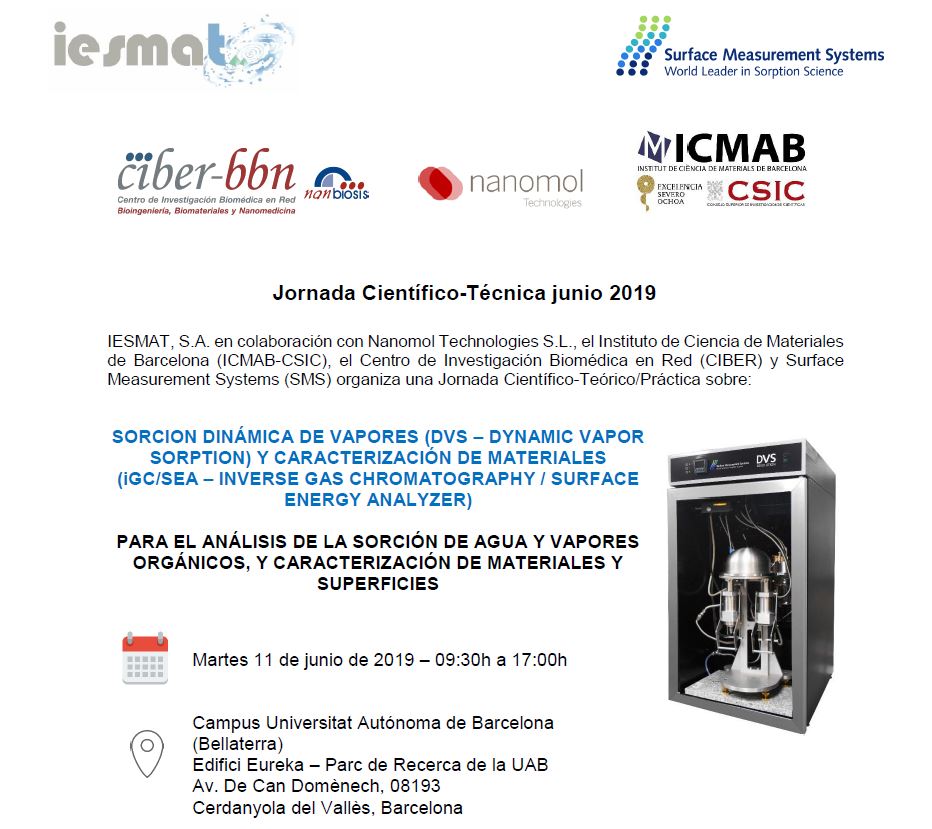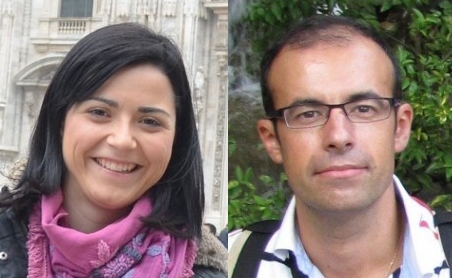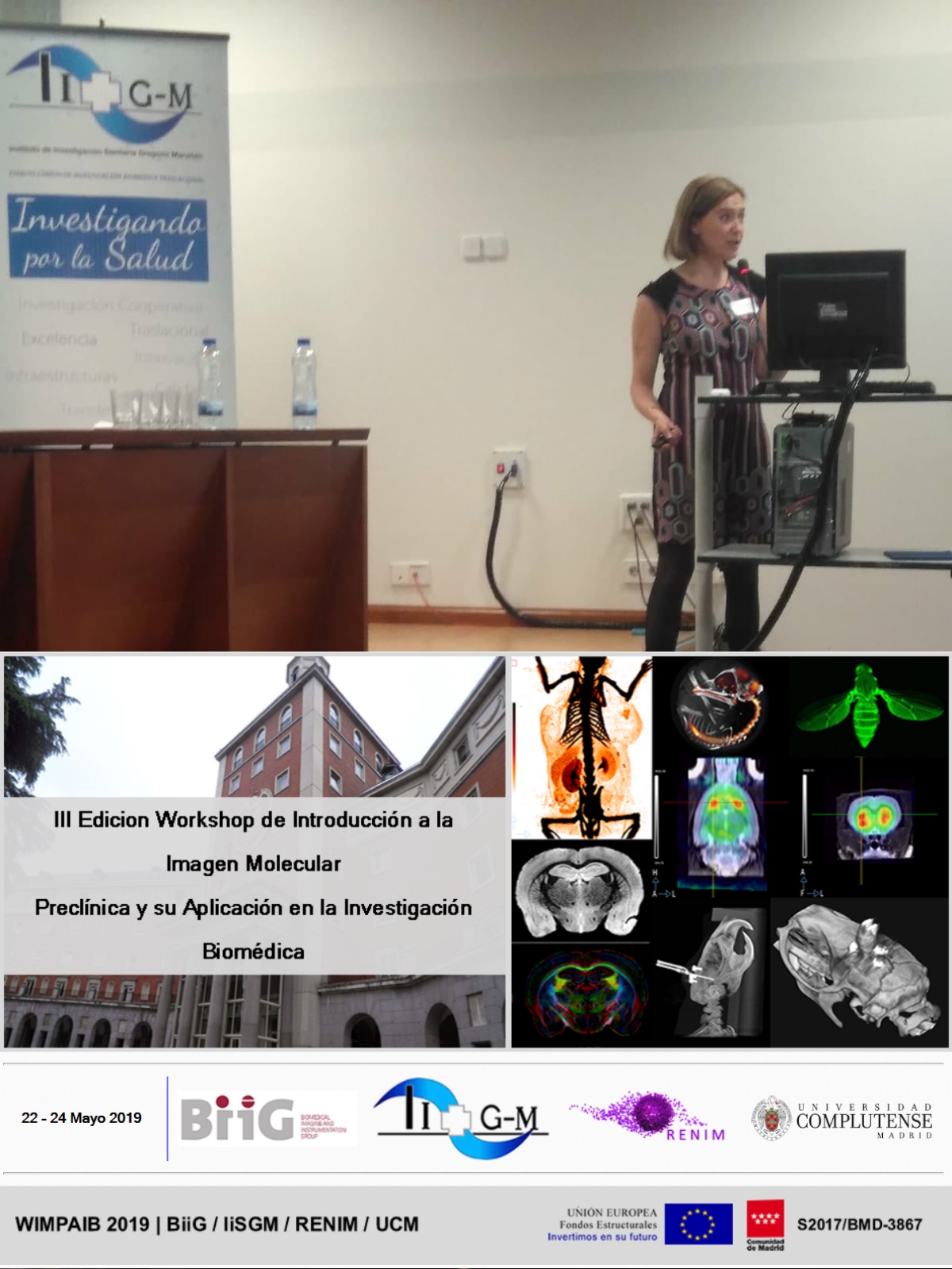Do you want to join the nanotechnology revolution?
From the NFP research group of CIBER-BBN and INA, led by Jesus Santamaria, that coordinates NANBIOSIS U9 Synthesis of Nanoparticles Unit, and through the SAMCA Nanotechnology Chair, the call for grants has been launched: Nanotechnological Bonds
For more information: http://capsulasdenanotecnologia.es/bonos-nanotec/
